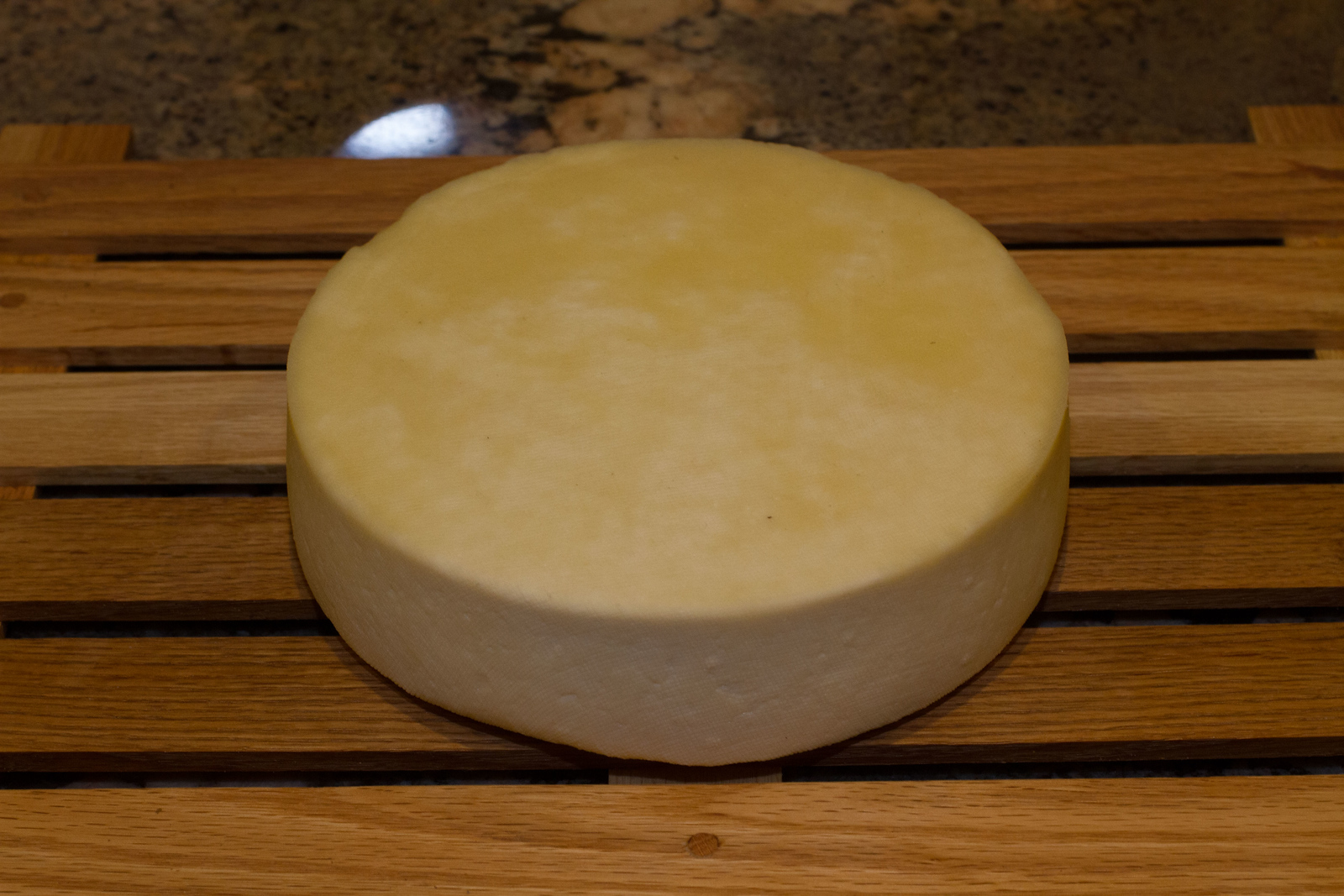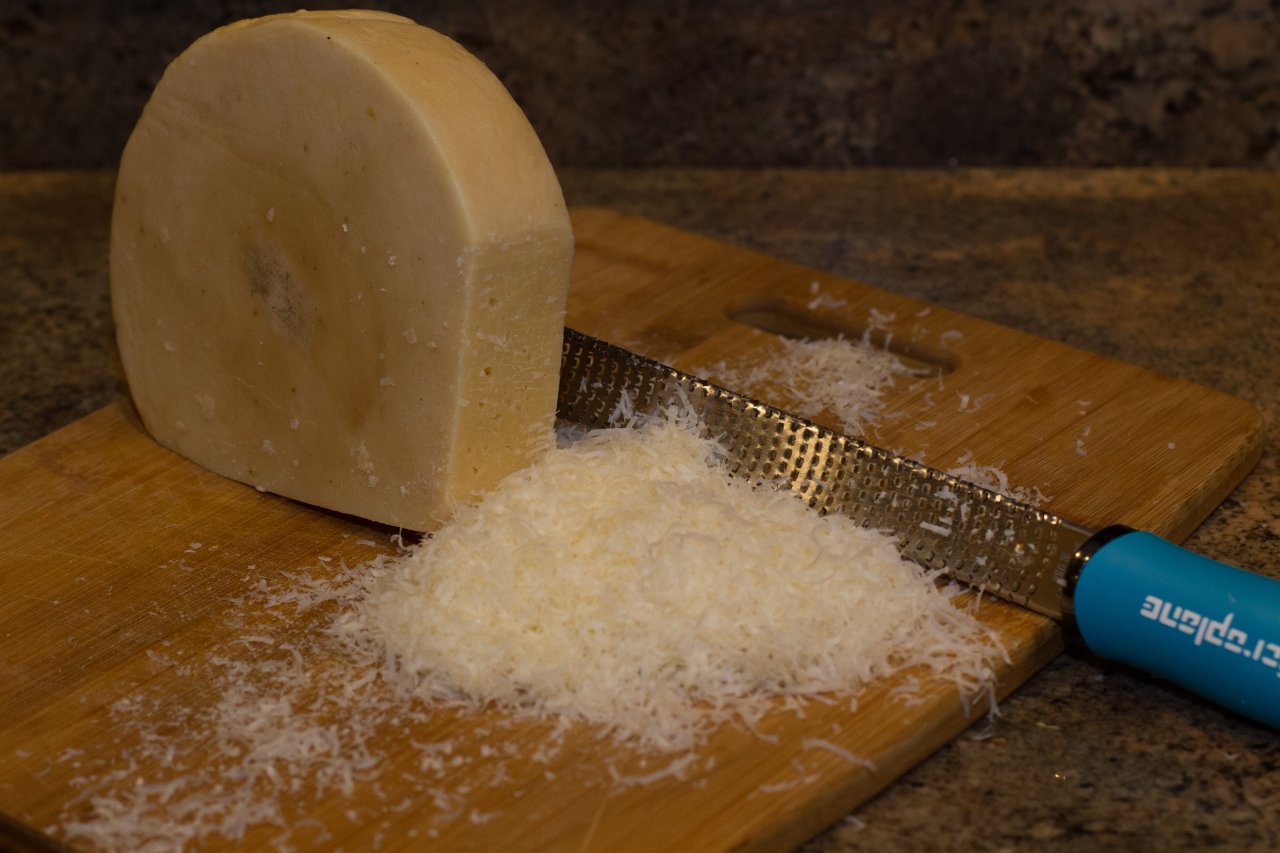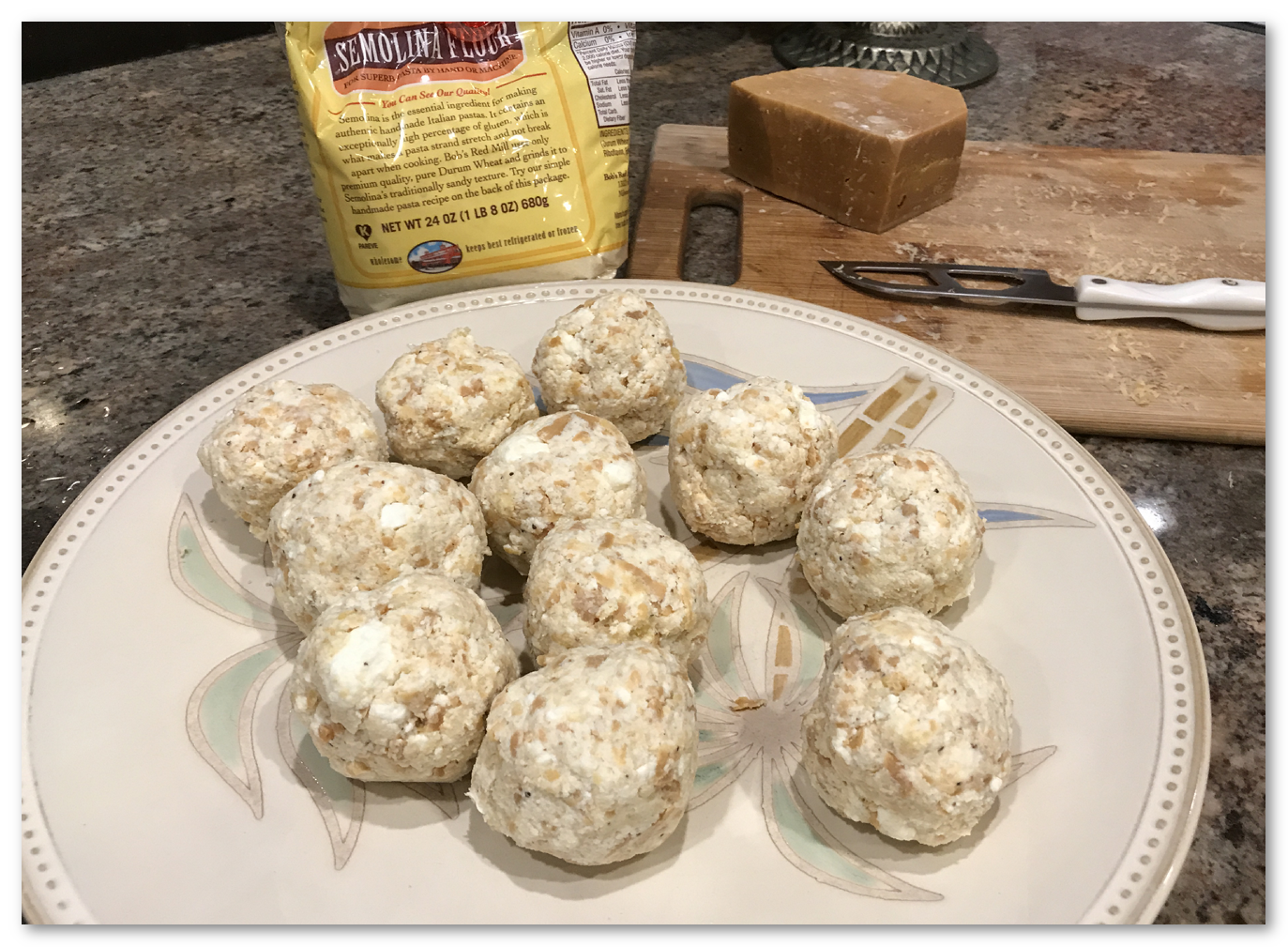Made this a few weeks ago. The curds are cooked until they are squeeky tight, the cheese is pressed under a lot of weight, then the wheel is brined to dry the rind. This one's been in the cave for a week. I added an enzyme (sharp lipase) to this to give it a stronger flavor, since romano is usually made from sheep milk. I'll probably make a parma this weekend for comparison. Parmigiano reggiano uses skimmed (2%) milk.
My intent is to leave it in the cave for at least a year and let it get really hard.

My intent is to leave it in the cave for at least a year and let it get really hard.

Last edited:






